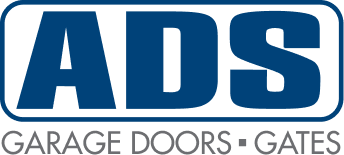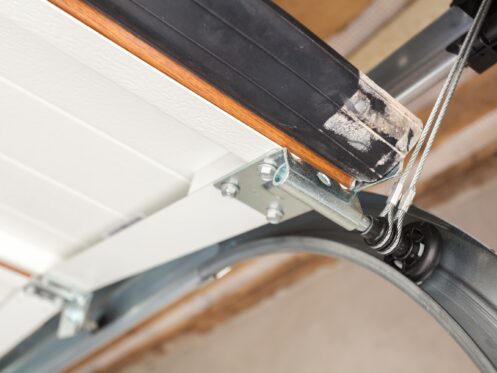As the rainy season approaches in San Diego, CA, now is the perfect time to address your garage door. This is the first line of defense against the elements, pests, and energy loss. While we see less rain than other areas of the country, what we do receive can result in water damage, corrosion, and more. Allow our team at ADS Automatic Door Specialists to provide you with garage door inspection and maintenance services to get your garage door ready for the rainy season.
Understanding San Diego’s Rainy Season
The rainy season in San Diego usually runs from November through March. Much of the precipitation that falls is during winter storms. If your garage door is very old, damaged, or isn’t properly sealed, moisture, along with high levels of humidity, can wreak havoc. Corrosion and rust can form, prematurely breaking down the condition of your door. Mold can grow on your door as well as inside your garage. There is a risk of these spores entering your residence, too. Worse, you can experience structural and property damage if your garage door issues are extensive enough.
Inspecting for Door Damage
A visual inspection of your garage door can spot damage as well as areas where future problems may arise. Exterior panels should be free of dents, cracks, or scuffs. Any areas where paint is no longer present can allow for rotting of wood doors or splitting between panels. On metal doors, cracked paint can expose the substrate, resulting in extensive damage. The condition of the bottom of your door is especially crucial, as this is where most pests will try to enter your garage.
Cleaning the Garage Door
The entire garage door should be cleaned. This includes the removal of dirt, debris, and insects. You can use a mild detergent mixed with water and a soft brush or sponge if you’re cleaning a metal door. Wood doors require special wood cleaners that prevent stripping away finishes.
Make sure you rinse your garage door thoroughly when done. Leaving behind any residues can lead to changes in finish or color. Let the door dry completely before performing any other maintenance.
Inspecting and Replacing Weatherstripping
Weatherstripping seals gaps and cracks around your garage door and in areas where movable joints and windows are present. These seals keep out drafts, moisture, pests, and noise. Most weatherstripping will last anywhere from a few years to 10 years, depending on its quality. Inspecting weatherstripping prior to the start of the rainy season ensures an adequate seal. Look for any cracks or gaps in the weatherstripping, replacing it when necessary.
You should also consider the installation of threshold seals. This product adheres to a garage floor, creating a raised barrier that protects against rainwater coming inside. This material should be made from rubber or vinyl for longevity and effectiveness. Professional installation is recommended.
Lubrication of Components
There are several parts of a garage door that require lubrication. These parts include hinges, springs, rollers, and tracks. You should use a silicone lubricant on metal moving parts as it repels moisture and prevents corrosion. Keeping these components lubricated ensures quiet operation as well. After applying the lubricant, any excess product should be wiped away to prevent debris from accumulating on the surface.
Considering Nearby Drainage
You want to avoid water pooling near the area of your garage. Otherwise, you could find moisture creeping into your garage, leading to corrosion, rust, and mold growth. You also want to keep moisture away from your foundation. If you have drains inside your garage or on your driveway, make sure to always keep them clear. Leaves and other debris covering the drains can prevent the proper flow of water.
Gutters and downspouts should be inspected to ensure they carry water away from your home and garage. The area inside and outside your garage should be at a pitch of about 1 inch per foot for 5 to 10 feet. If you have an older home or settling has occurred, modifications may be necessary. A trench drain runs along the front of a garage door and keeps water away from this space.
Checking Garage Door Alignment and Balance
An uneven garage door or one that isn’t balanced can lead to wear and tear on your door when it rains. Water may be able to easily reach your door in this scenario. Disconnect your garage door opener and move the door to a halfway open position. If the door stays in place, it’s balanced. If it closes the rest of the way itself, your springs will need to be adjusted.
If misaligned tracks cause your door to appear crooked, professional realignment is necessary. Otherwise, there are certain points where water exposure can lead to corrosion.
Garage Door Opener Maintenance
Your garage door opener is a convenient tool for accessing your home. There are sensors located on each side of your door. If anything disrupts their communication, the door will not move. You should periodically wipe the eyes of these sensors and ensure they are level. Make sure to keep them away from moisture, which can damage their sensitive components. Your garage door should be kept closed during periods of heavy rainfall.
It’s also important to inspect the keypad for your garage door opener, if you have one. This unit is usually outside of your garage and exposed to the elements. It’s important that the cover to the keypad functions properly to keep rainwater away from the interior. A professional can inspect the inside wiring to ensure there isn’t any damage or risk of electrical shock when in use.
If you have batteries in your key fobs or keypad, replace them yearly. This ensures there is a strong connection between your opener and these devices when temperatures drop.
Scheduling a Professional Inspection and Maintenance
Our team can use expert knowledge and specialized tools to inspect your garage door. This includes checking parts like torsion springs, tracks, safety features, and springs. If we spot any issues, we can often perform repairs immediately to avoid future problems. Routine maintenance can also prevent garage door malfunctions and damage. The maintenance process ensures adherence to local building codes, too.
We recommend scheduling a professional inspection at least once per year. Prior to the start of fall and the rainy season in San Diego is ideal. This process ensures your garage is in top shape for some of the most extreme and wet weather conditions of the year. You may find it necessary to schedule another appointment in the spring. We can address any issues that arose during the winter.
When preparing your garage door for San Diego’s rainy season, rely on our team at ADS Automatic Door Specialists. We can assist with cleaning surfaces, replacing worn components, and lubricating moving parts. We can also help you determine if it’s time to replace your current garage door with a new one. Reach out to ADS Automatic Door Specialists in San Diego for professional garage door services.


